Artificial intelligence is no longer just powering your phone or helping you pick a movie—it’s stepping through the front door and transforming daily life at home. From smarter energy use to predictive maintenance and AI-designed interiors, the next five years will bring major shifts in how American households function. What once seemed futuristic is quickly becoming standard, reshaping everything from how we cook to how we clean and even how we relax. Here are 15 ways AI is set to change American homes by 2030.
1. Smart Energy Management
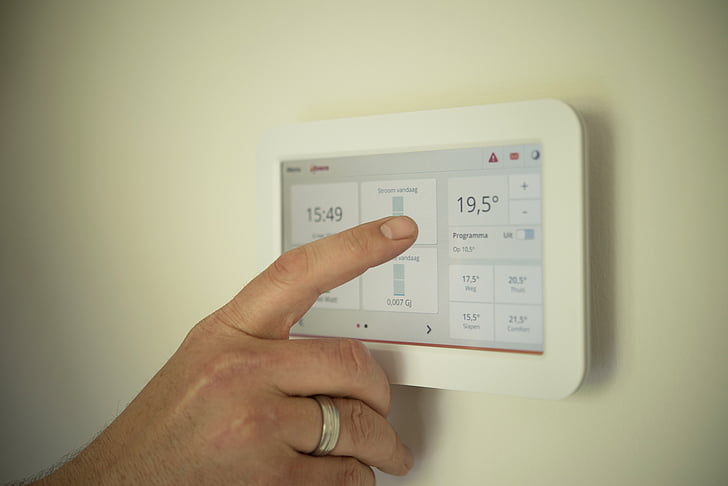
Smart energy management is transforming how homes use and conserve power, says Fast Company. AI-driven systems learn daily routines and adjust energy usage based on household patterns. This includes dimming lights, adjusting thermostats, and running appliances during off-peak hours to reduce costs. Over time, the system becomes more efficient, leading to noticeable savings and a reduced environmental impact.
Integrated with solar panels and smart grids, AI can store and allocate power more effectively. It predicts demand based on weather and occupancy, ensuring energy is used where and when it’s needed. These systems also sync with smart meters, giving homeowners a clear view of their consumption. The result is a more responsive and sustainable household energy model.
2. Voice-Activated Everything
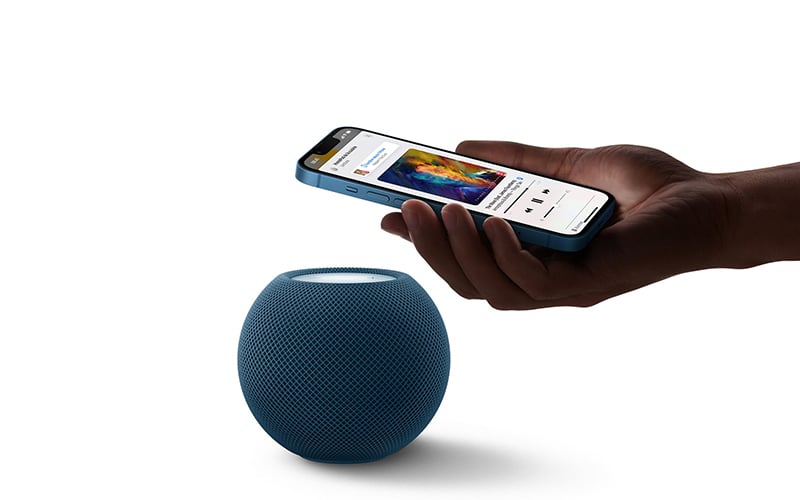
Voice-controlled systems are evolving beyond basic commands to offer highly personalized interactions. According to Digital Ocean, AI voice assistants now manage lighting, appliances, locks, and entertainment with increasing precision. These devices adapt to routines and preferences, creating smoother and more intuitive daily experiences. As they improve, they’ll recognize different voices and tailor responses accordingly.
The integration of voice control into more home functions creates hands-free convenience across every room. Curtains can close on command, ovens preheat via voice request, and even showers adjust to preferred temperatures. With expanding compatibility, nearly every aspect of home life becomes accessible through a simple phrase. Voice control is becoming the new standard for modern living.
3. Personalized Climate Control

Science Direct notes that AI-enabled HVAC systems are making homes more comfortable and energy-efficient than ever. These smart systems learn your daily schedule and adapt temperatures in real time, reducing energy usage without compromising comfort. They consider outdoor weather patterns, occupancy, and even the time of day to optimize settings. This leads to consistent indoor climates and lower utility costs.
Rooms that aren’t being used can be automatically cooled or heated less, conserving energy throughout the day. Zoning systems allow different areas of the home to be controlled independently based on use. Combined with app access, homeowners can adjust settings remotely or let the AI handle it. Personalized climate control is becoming a quiet yet powerful force in home comfort.
4. Predictive Maintenance Alerts
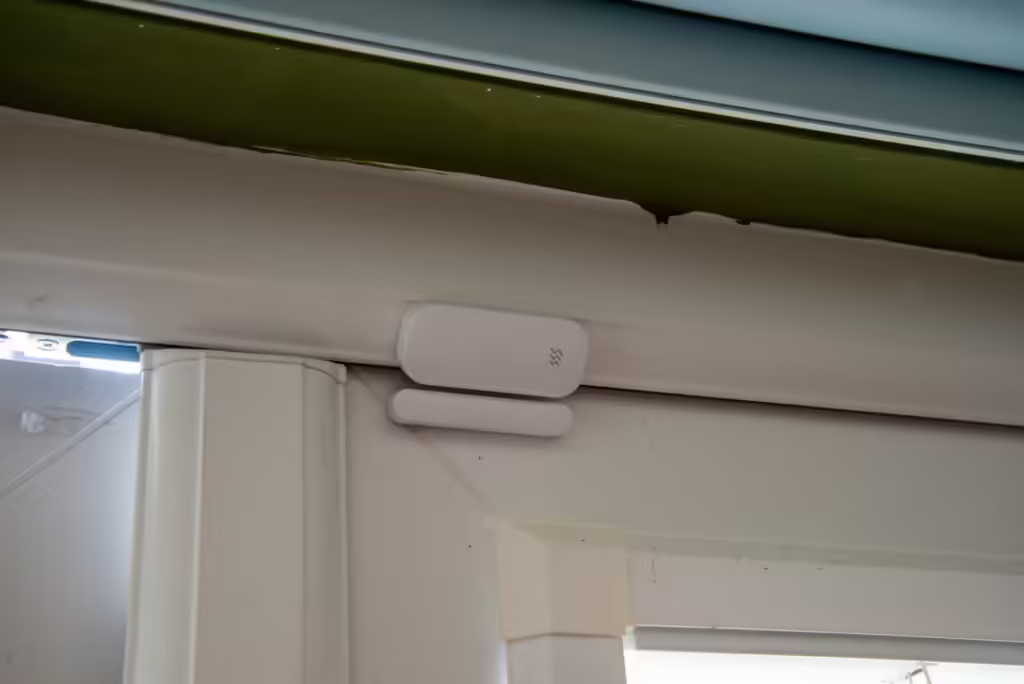
Smart homes are getting ahead of problems with AI-powered predictive maintenance systems, says GearBrain. Sensors in appliances and systems track usage and wear, alerting homeowners before a breakdown occurs. This eliminates the surprise of sudden malfunctions and allows for timely repairs or replacements. It’s a proactive approach to home care that saves time and money.
From dishwashers to water heaters, devices can notify users when a part needs attention. These alerts are based on patterns and real-time data, making them far more accurate than standard timers. Maintenance schedules become less guesswork and more science. Predictive alerts are changing the way we think about upkeep and repair in the modern home.
5. Enhanced Home Security

AI-enhanced home security is advancing far beyond motion sensors and basic alarms. Systems now use facial recognition to distinguish family members from unfamiliar visitors. Cameras analyze movement patterns to detect unusual behavior, even before a break-in occurs. This intelligent monitoring creates a stronger, more responsive barrier between homes and threats.
Security platforms can sync with smart doorbells, locks, and exterior lighting for an integrated experience. AI also enables real-time communication with law enforcement or emergency contacts. Alerts are customized and filtered to reduce false alarms while ensuring important activity is never missed. This level of precision brings both peace of mind and practical safety.
6. Automated Grocery Restocking
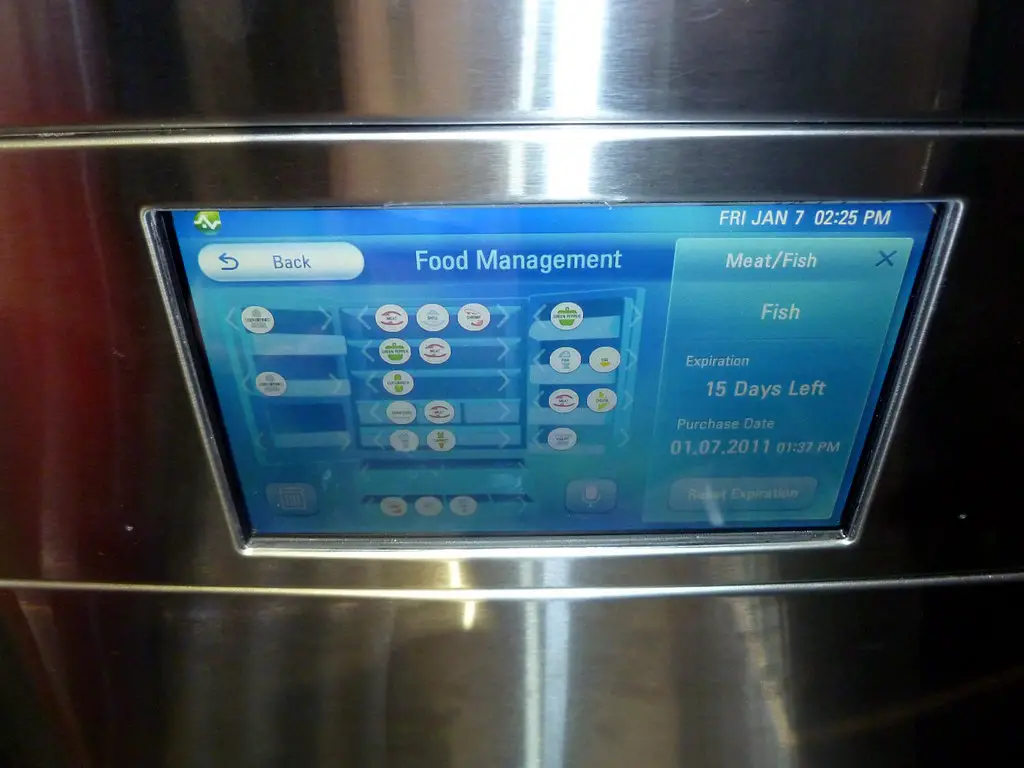
Smart refrigerators and pantry monitors are taking over grocery lists. These AI-powered systems keep track of what you have, what’s expiring, and what you need. They can reorder staples automatically and suggest meals based on what’s on hand. It’s a seamless way to streamline food management.
Some systems adjust orders based on dietary goals or past shopping behavior, creating a fully personalized approach. Waste is minimized as these tools prevent overbuying and expired goods. Homeowners save time while maintaining a consistently stocked kitchen. Grocery restocking is becoming just another task AI handles behind the scenes.
7. AI-Powered Interior Design
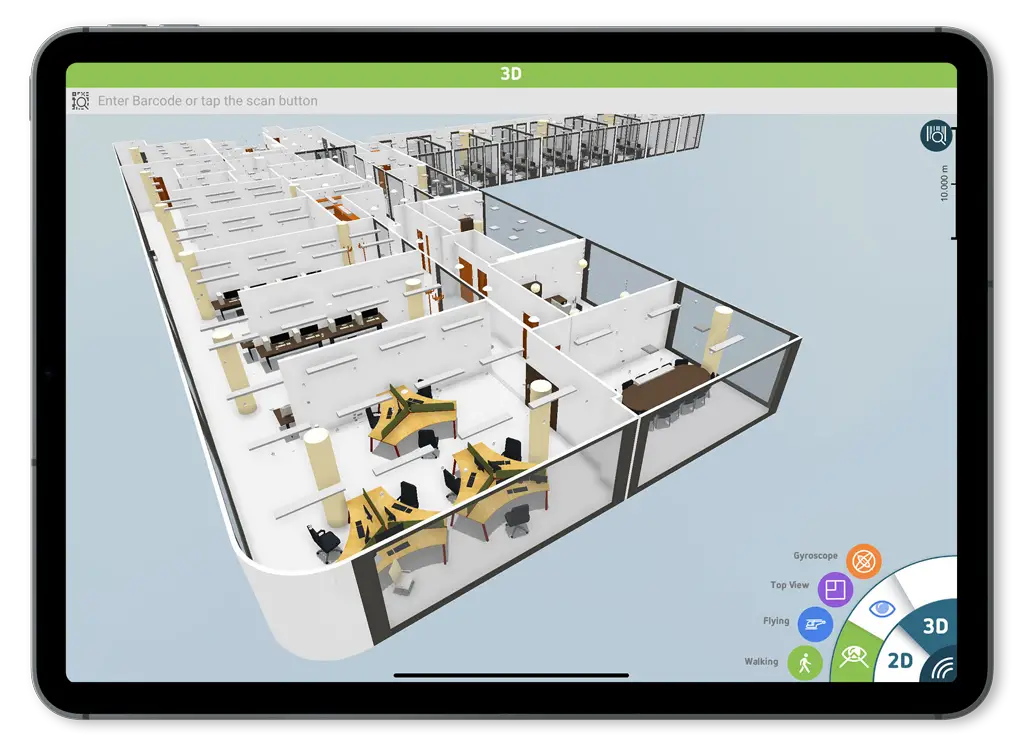
Interior design is becoming more accessible thanks to AI-based design tools. Homeowners can upload photos of their rooms and receive tailored suggestions for furniture, color schemes, and layout. These systems consider space dimensions, lighting, and personal style to recommend cohesive solutions. It’s like having a designer in your pocket.
AI tools can generate 3D renderings of potential room arrangements before any purchases are made. Recommendations are constantly refined based on user feedback and current trends. Whether updating a single room or planning a full remodel, AI brings clarity and inspiration. The design process is faster, easier, and more accurate than ever.
8. Smart Kitchen Innovations
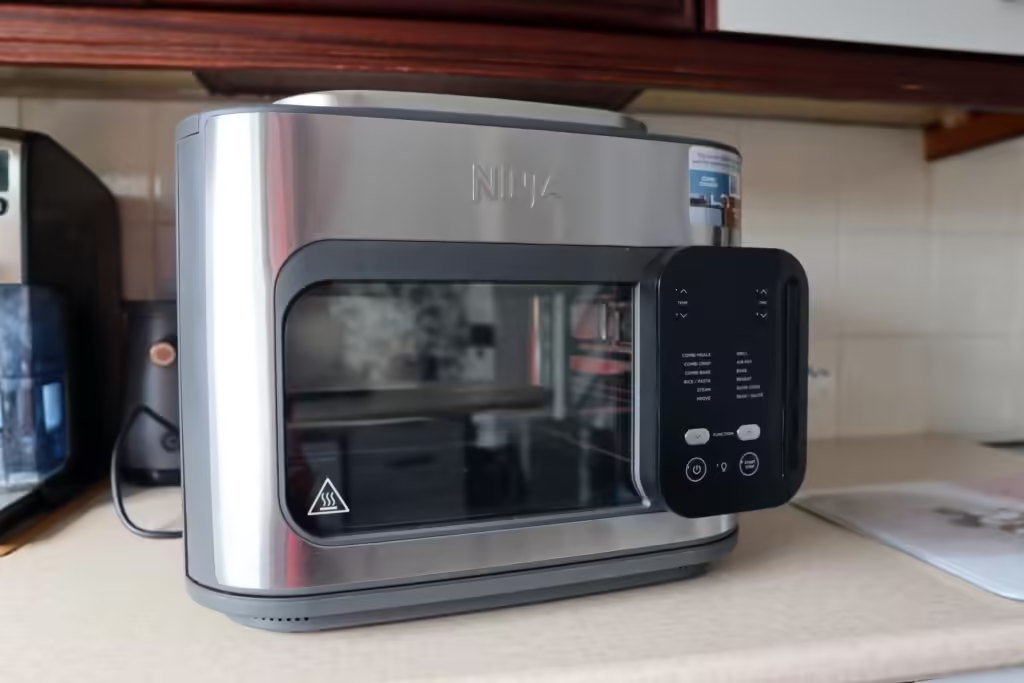
Kitchens are becoming more intelligent, with AI managing everything from cooking times to grocery suggestions. Smart ovens adjust temperature and timing based on the selected recipe, ensuring perfectly cooked meals every time. Appliances can communicate, so your coffee brews as breakfast finishes. It’s coordinated efficiency designed for busy lives.
AI also powers meal planning and dietary tracking tools that sync with your appliances. Fridges can recommend recipes based on available ingredients, while smart scales assist with portion control. All devices work together to reduce prep time and stress. The kitchen is evolving into a high-tech, highly functional hub of the home.
9. Advanced Cleaning Solutions
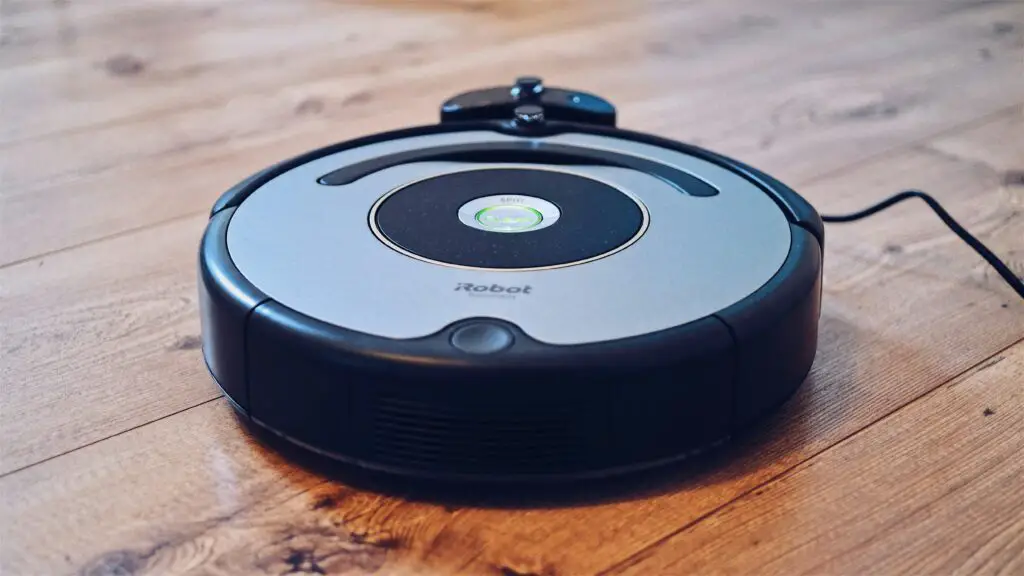
Robotic cleaners are becoming more capable and intelligent with AI upgrades. These devices now map your entire home, identifying high-traffic areas and adjusting their routes for optimal efficiency. They go beyond vacuuming to mop, dust, and even detect clutter. AI helps them adapt to daily changes in the home environment.
Over time, they learn where dirt accumulates and clean accordingly without being prompted. Some can coordinate with smart home calendars to avoid cleaning during busy times. With regular updates and improvements, their effectiveness only grows. These machines take a significant load off household chores with minimal supervision.
10. Health Monitoring in Homes

AI is bringing health and wellness monitoring into the very fabric of our homes. Smart systems now track air quality, humidity, and allergens to maintain a healthier environment. Integrated sensors monitor biometric data such as heart rate, sleep patterns, and activity levels. These insights help residents adjust daily habits to improve overall well-being.
Home environments are becoming more responsive to personal health needs. Air purifiers activate when pollen levels rise, or lighting shifts to support circadian rhythms. With real-time health data, homes act as silent caretakers. It’s a holistic approach to wellness, embedded in everyday living.
11. Dynamic Lighting Systems

Lighting in smart homes is no longer just about on or off—it’s about mood, productivity, and health. AI-controlled systems adjust brightness and color temperature based on the time of day and resident activity. Morning light mimics natural sunlight to energize, while evening lighting shifts to warmer tones to encourage relaxation. These cycles support sleep and mental well-being.
Lights can be programmed or self-adjusting, ensuring that each room always feels right for the moment. Motion sensors and smart switches reduce energy waste while adding convenience. Scene settings allow for quick changes to suit reading, working, or entertaining. Dynamic lighting transforms ambiance from a static choice to a responsive feature.
12. Custom Entertainment Experiences
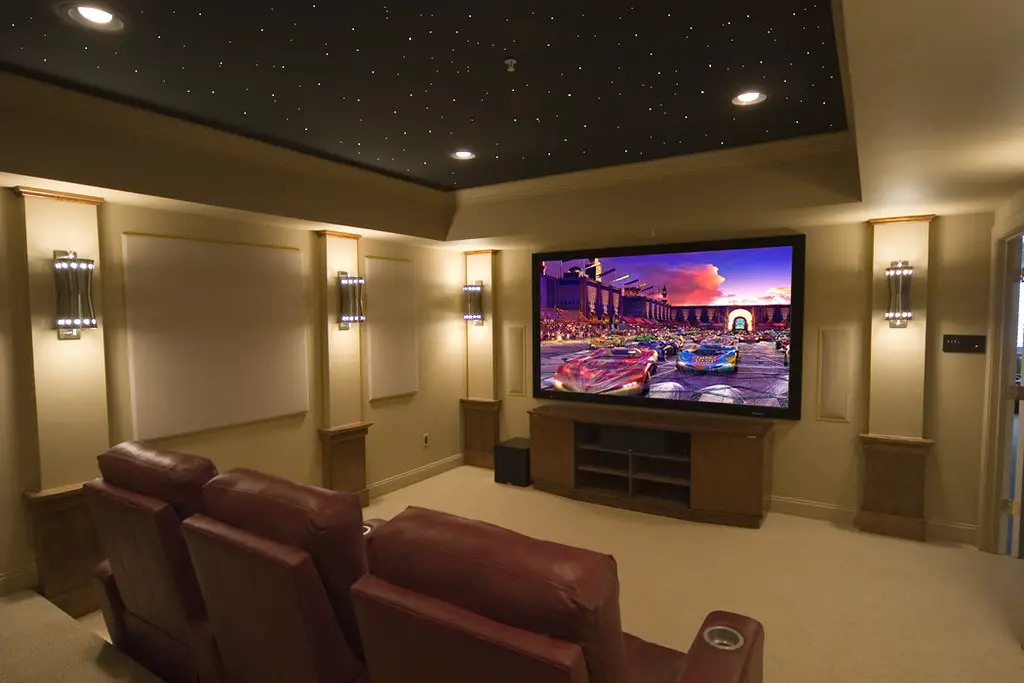
AI is changing how we consume entertainment at home by personalizing every detail. Streaming systems now recognize individual users and curate playlists, shows, and movies to suit each person’s taste. Volume, lighting, and display settings are adjusted automatically for the optimal experience. Everyone in the household can enjoy a setup tailored just for them.
Even gaming and home theater setups benefit from AI-powered tuning and suggestions. These systems learn over time, improving recommendations and adjusting content delivery. With voice integration, switching between activities becomes seamless. Entertainment becomes smarter, faster, and more immersive.
13. AI-Driven Home Offices

The rise of remote work has accelerated innovations in home office setups. AI now plays a key role in reducing distractions through smart noise-canceling systems and real-time sound adjustments. Ergonomic desks and chairs can automatically adjust to optimal positions based on user posture and schedule. This creates a healthier, more productive work environment.
Virtual meetings are also enhanced through AI features like auto-framing, background noise filtering, and lighting correction. Home offices can integrate with calendars to anticipate tasks and suggest breaks. These tools blend comfort with functionality, making professional productivity possible in personal spaces. AI is redefining what a “smart” workspace truly means.
14. Efficient Water Usage

Water conservation is being revolutionized by AI systems that track usage and detect issues early. Smart leak detectors send alerts before major damage occurs, saving resources and repair costs. AI-powered irrigation systems adjust watering schedules based on weather forecasts and soil conditions. This ensures plants thrive while minimizing waste.
These systems help households stay environmentally conscious without sacrificing convenience. Bathrooms and kitchens also benefit from smart fixtures that monitor consumption and reduce unnecessary flow. Over time, homes can significantly cut water bills while supporting sustainable living. AI is making every drop count.
15. Adaptable Living Spaces

Multi-functional spaces are becoming the norm, and AI makes them more responsive than ever. With smart furniture and lighting that adjusts based on activity, one room can serve multiple purposes throughout the day. A living room might transform into a workspace in the morning and a relaxation zone by night. AI ensures transitions are seamless and intuitive.
Voice or app commands can initiate these shifts instantly—lighting dims, desks rise, or TVs hide away. These adaptable spaces are especially useful in smaller homes or apartments where maximizing square footage is key. Flexibility and function are prioritized without sacrificing style. AI is enabling homes to evolve in real time, matching the rhythm of daily life.
